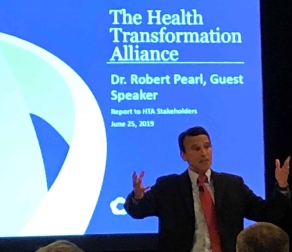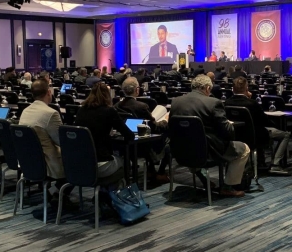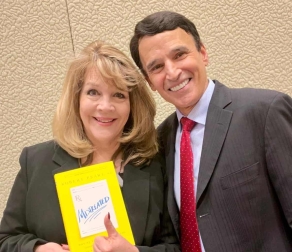
The morning-long program was organized by John Horty of the health law firm Horty, Springer & Mattern, PC, and with me were two experts with extensive government experience: Aryana Khalid is the former Chief of Staff for the Centers for Medicare & Medicaid Services and Jennifer Bell who was named one of The Hill’s “Top Lobbyists” with her 20 years of experience in advocacy and policy development.
Session participants were tasked to consider ways to improve the American healthcare system and maximize the health of the communities they serve. They came from a variety of backgrounds and geographies. Some represented major health systems, others small hospitals in distinct areas, including the Big Island of Hawaii and remote locations just south of the Arctic Circle in Alaska.
My opening comments detailed 10 ways to improve the quality of American healthcare while simultaneously lowering its costs. They included:
- Increasing preventive services in the outpatient area
- Improving safety and reducing medical errors for inpatients
- Rightsizing the number of physicians and hospitals in communities
- Expanding the role of primary care, both in scope and number
- Creating centers of excellence with maximal volume and specialization
- Moving to a seven-day hospital vs. today’s five-day model
- Using technology, especially video, to lower costs and maximize convenience
- Focusing on minimally invasive procedures performed by experts
- Avoiding procedures that have little or no value
- Doubling down on patient wellness with lifestyle modifications that can eliminate smoking and lower the incidence of diabetes
Nearly all participants concurred these changes offered tremendous opportunity to lower the cost of care. At the same time, these individuals understood the consequences that success would have on their facilities, and the challenges they would pose for doctors, nurses and staff. Overall, the visionary leaders at the conference could see the superiority of the changes in the long-run, but also recognized the problems a more efficient and effective healthcare system would create in the short-run. Nearly all agreed that moving from fee-for-service to some type of capitation and pay for value would be an essential step.
By the end, most seemed willing to try some pilots and make small changes, while looking to the government for a variety of legislative changes that would support these investments, encourage telehealth deployment and force electronic health record companies to open their Application Programming Interfaces (APIs) for third party developers to create a single patient-focused record. In many ways, the challenges voiced by the participants reflected what happened in the industrial revolution centuries in the past, and more recently to a variety of industries through technological disruption.
I doubt that very many people felt confident in their ability to implement all of these changes, but all left with renewed energy to improve care delivery in some measure. I know the Estes Park Institute will continue to lead positive change for our nation in the future.
Dr. Robert Pearl is the former CEO of The Permanente Medical Group, the nation’s largest physician group. He’s the bestselling author of “Mistreated: Why We Think We’re Getting Good Health Care–And Why We’re Usually Wrong” and a Stanford University professor. Follow him on Twitter @RobertPearlMD.








